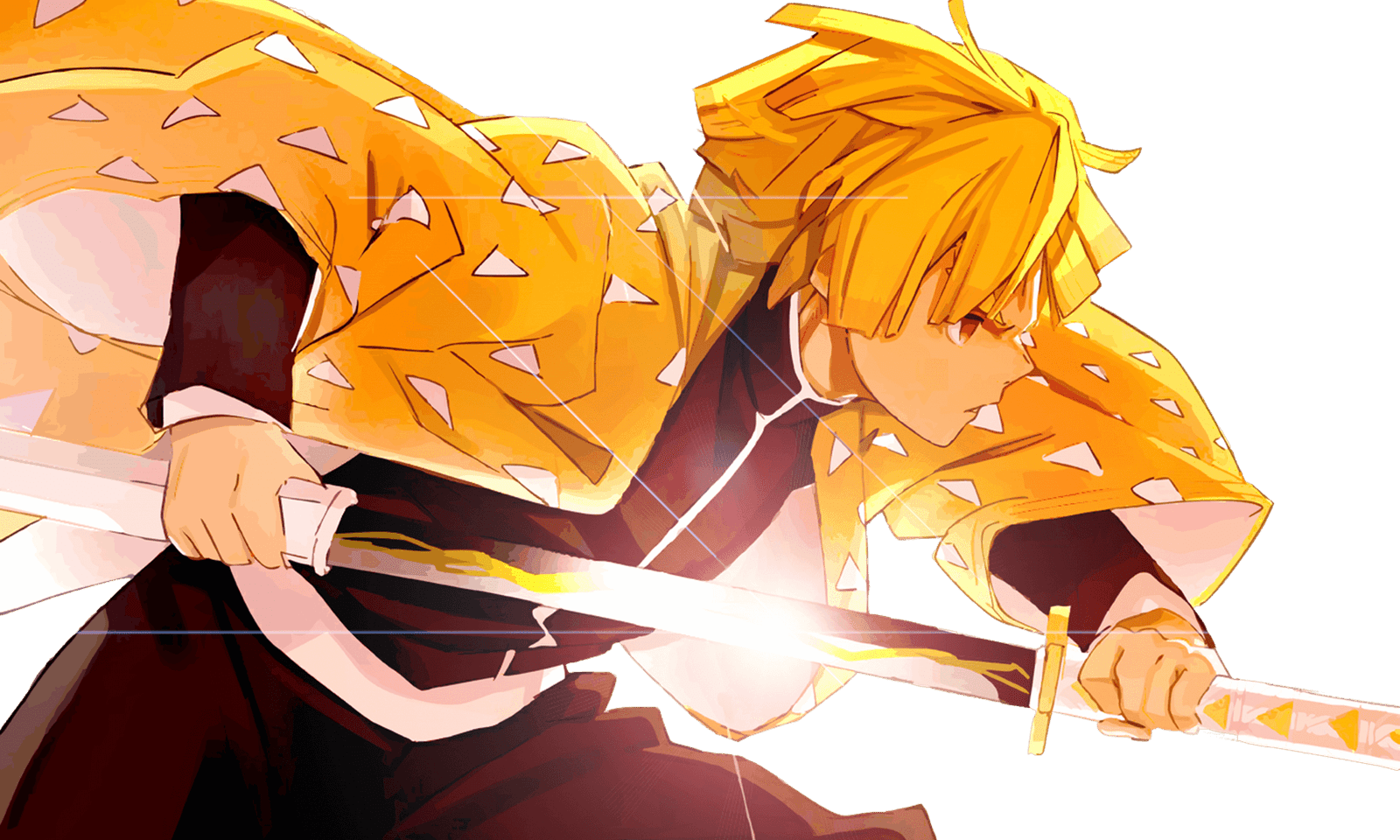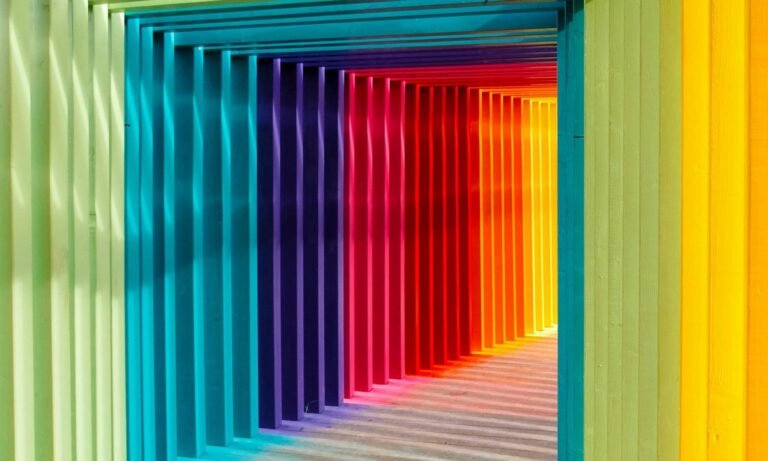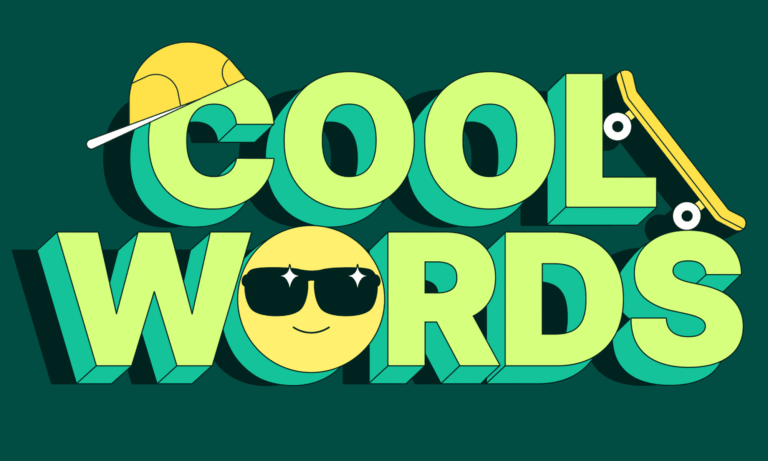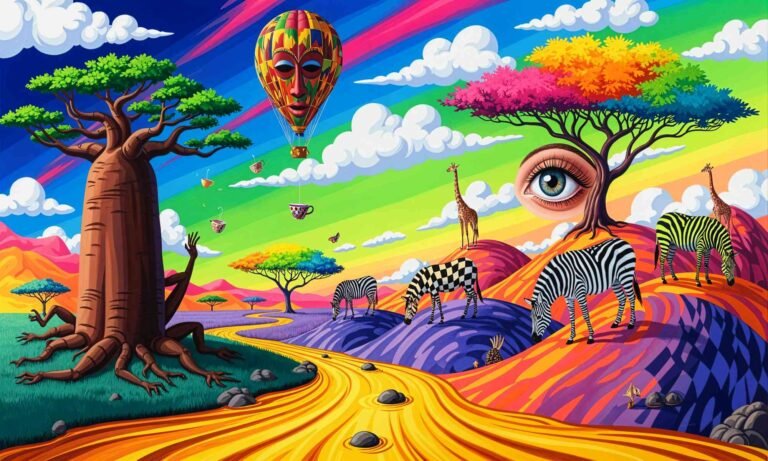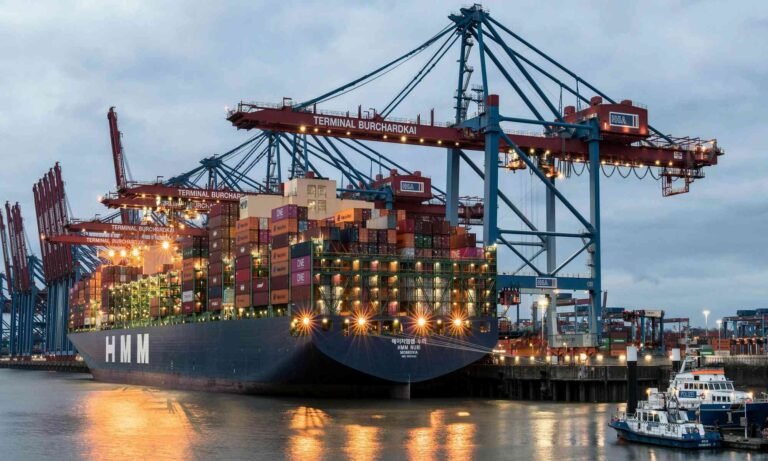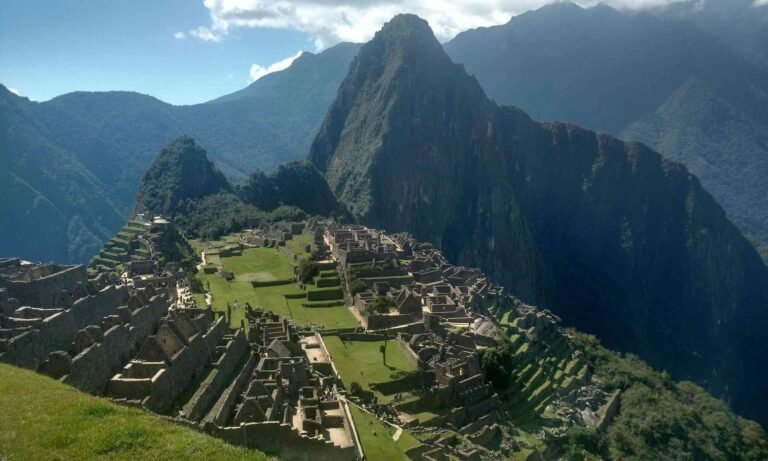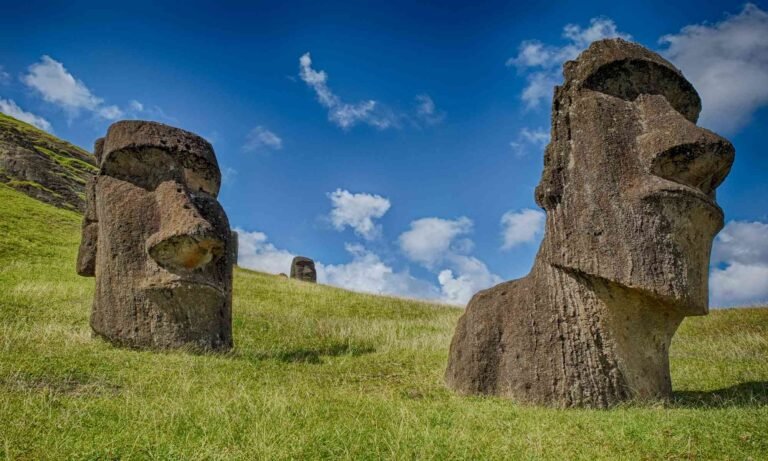Defining Manga: The Art of Japanese Comics
Manga, a distinctly Japanese form of comic art, has origins that date back to the early 12th century, although its modern incarnation began to flourish during the late 19th century. The term “manga” combines the characters “man” (meaning whimsical or free-flowing) and “ga” (meaning pictures), illustrating the playful and artistic nature of this medium. Characterized by its unique visual style, manga encompasses a wide range of genres and themes, appealing to diverse audiences. From action-adventure to romance and horror, its thematic versatility allows it to resonate with readers of all ages.
The traditional format of manga is distinct, particularly in its reading direction, which flows from right to left. This format harkens back to its historical roots and aligns with the traditional Japanese writing system. Artists employ a variety of stylistic elements, including exaggerated facial expressions and dynamic panel layouts, which enhance storytelling and allow for a rich visual experience. Additionally, manga often utilizes techniques such as “screentone” for shading, further distinguishing its artistic presentation.
Culturally, manga plays a significant role in Japan, penetrating various aspects of daily life and serving as a means of social commentary. It is not merely entertainment; it reflects societal issues, historical narratives, and cultural nuances. In recent decades, manga’s influence transcended borders, gaining international acclaim and fostering a growing global community of enthusiasts. The advent of the internet has further facilitated the accessibility of manga, allowing creators to reach diverse audiences. This rich tapestry of artistic expression continues to evolve, making manga a vibrant component of both Japanese and global pop culture.
The World of Anime: Japanese Animation Unveiled
Anime, a style of animation that originated in Japan, encompasses a wide range of genres and appeals to audiences of all ages. Unlike traditional Western animation, which has often been perceived as primarily for children, anime offers a diverse palette that includes themes of romance, horror, science fiction, and fantasy, ensuring that there is something for everyone. The rich narrative depth found in many anime series sets it apart as a unique form of storytelling, allowing for character development and complex plots that are often explored over extended episode runs.
The historical background of anime can be traced back to the early 20th century, but it significantly gained global popularity in the 1980s and 1990s. Iconic works such as “Akira” and “Dragon Ball Z” played pivotal roles in shaping the cultural landscape of animation, contributing to the growth of a sizeable fanbase outside Japan. Over the decades, anime has evolved, reflecting changes in societal attitudes and technological advancements. The distinct art style often characterized by vibrant colors, exaggerated facial expressions, and detail-oriented backgrounds enhances the emotional impact of the stories being told.
In terms of production, anime employs unique techniques involving both hand-drawn and computer-generated elements, which together create visually stunning sequences. The voice acting (known as seiyuu in Japanese) plays a crucial role in how characters are perceived, significantly contributing to the viewer’s connection to the narrative. Additionally, music and sound design are essential components that further elevate the emotional experience, with opening and closing themes often becoming instant classics. As the global audience for anime continues to grow, its cultural significance and artistry remain a subject of fascination and analysis.
Manga vs. Anime: The Key Differences and Similarities
Manga and anime, while closely related, represent two distinct forms of storytelling that differ in various aspects, including narrative structure, visual style, and pacing. Manga, typically published in black and white, relies heavily on detailed illustrations and the reader’s imagination to convey emotions and plot developments. The static nature of manga allows for an in-depth exploration of character thoughts and backgrounds, providing a more nuanced understanding of the storyline. In contrast, anime brings these narratives to life through motion, voice acting, and sound, which can enhance emotional moments but may also alter or simplify complex plotlines from their source material.
One significant difference between the two mediums is pacing. Manga usually has a slower narrative flow, as readers can linger on panels, allowing for reflection and deeper engagement with the material. Anime, constrained by episode duration, often condenses or modifies story arcs to fit the runtime, which can lead to the omission of secondary characters or scenes that were pivotal in the manga. This can sometimes change character development or alter thematic elements, depending on the direction taken by the animators or scriptwriters. For instance, adaptations like “Death Note” and “Attack on Titan” illustrate both the fidelity and divergence common in adaptations, as they strive to deliver captivating stories while dealing with the limitations inherent in the animation format.
Furthermore, while both formats are rooted in Japanese culture, the audience for each may vary. Manga often attracts dedicated readers who appreciate the artistic intent and intricate details of storytelling. Anime appeals to a broader demographic, including those who may not engage with printed materials regularly. Despite these differences, the two mediums can complement each other, creating a rich cultural tapestry that continues to engage fans worldwide. Both forms have their unique strengths, making them invaluable in the realm of storytelling.
Animanga – A unique Blend of Anime and Manga
This term is used when fans are discussing both anime and manga simultaneously, especially when they are closely related, like when an anime is based on a manga or vice versa. So, Animanga represents a unique blend of anime and manga, two distinct forms of Japanese entertainment. While anime refers to animated works, manga is the printed or illustrated counterpart. The convergence of these two mediums has given rise to a vibrant culture that resonates with fans across the globe.
The popularity of animanga can be attributed to its diverse storytelling and captivating visuals. Fans are drawn to the narratives that explore various themes, from adventure and fantasy to romance and horror. The combination of colorful animation and detailed illustrations allows for a richer storytelling experience, making it an appealing choice for many.
Engaging with the animanga community can enhance the experience for fans. Online forums, social media groups, and conventions provide platforms for fans to connect, share their passion, and discuss their favorite series. Whether you are an avid follower or a newcomer, joining these communities can lead to discovering new series and meeting like-minded individuals who share your interests.
Cultural Impact and Global Influence
Manga and anime have made significant strides beyond their origins in Japan, increasingly shaping global pop culture across various media. Their influence can be traced through an array of entertainment trends, including television, film, and video games. As a compelling storytelling medium, manga often serves as the source material for popular anime adaptations, capturing audiences worldwide. The storylines, themes, and art styles present in manga appeal to diverse demographic groups, making them not only a source of entertainment but also a catalyst for new creative endeavors.
The crossover of manga and anime into international markets has fostered a unique community of fans, sparking interest in Japanese culture and art forms. Conventions celebrating these art forms attract thousands of attendees, showcasing everything from newly released titles to innovative fan art. These gatherings allow enthusiasts to share their passions, participate in panels, and engage in cosplay, where attendees dress as their favorite characters from various series. Such events highlight the vibrant nature of the manga and anime fandom, wherein fans actively contribute to the growth and appreciation of these art forms.
Moreover, the influence of manga and anime extends to supporting artists and creators around the globe, inspiring them to explore new themes and styles. Elements from these narratives can be seen in Western animation and comics, which often adopt the distinctive visual aesthetics and storytelling techniques popularized by manga. Video game developers, too, frequently incorporate anime-style graphics and narrative depth, appealing to the vast audience familiar with this vibrant art form. Thus, it is evident that manga and anime not only impact domestic entertainment but also significantly contribute to a global cultural exchange, fostering understanding and admiration between diverse communities.
In 2021, the Association of Japanese Animations valued the country’s anime market at $19.2 billion. Precedence Research, a research company for market insights, projects that the anime market will increase from $24.5 billion to $47.14 billion by 2028.
What’s More
The posts in My Blog feature reflective, story-driven pieces rooted in personal and societal insights.
The topics in My Interests explore abstract, philosophical ideas and their cultural and societal impact.
👁️ 9,456 Views


